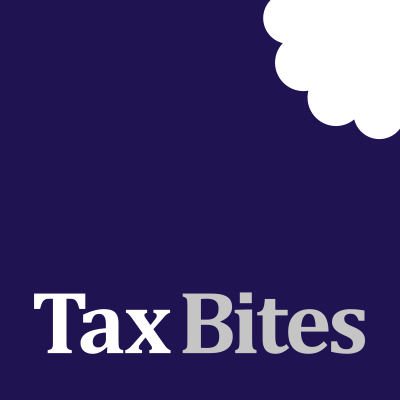Sign up for our newsletter

Interested in receiving the latest tax planning ideas?
Sign up to Tax Bites – our weekly update offering practical but effective tax saving tips.
17th December 2012
Posted in Articles, Business Tax by Laura Hutchinson
A new tax relief is proposed from April 2013 for companies producing high-end television programmes, video games and animation. The nature of the relief was decided in the Autumn Statement 2012 and is very similar to that already available for film production in the UK.
Film tax relief (“FTR”) ultimately reduces a company’s corporation tax liability or enables the company to claim “payable tax credit” from HMRC. The tax rebate can be up to 25% of the UK qualifying film production expenditure.
The company must be responsible for delivering the completed film and be actively engaged in pre-production, principle photography and post-production. Each film is treated as a separate trade in respect of this relief but there is no cap on the amount which can be claimed.
To be eligible for film tax relief:
Core Expenditure is the key to the tax claim. This is defined as production expenditure, both pre and post-production and also includes principal photography costs.
FTR varies for limited budget films (Core Expenditure £20 million or less) and large budget films (Core Expenditure of more than £20 million).
The net result of claiming FTR is that the company can obtain a tax refund of up to 25% of the Core Expenditure incurred; the exact percentage depends upon the budget of the film. It can also carry forward or group relieve the original trading losses arising before these additional deductions.
If the company opts to not receive a “payable tax credit”, the additional deduction is instead carried forward for offset against profits of a future accounting period of the same film trade.
The Government announced at Budget that a new corporation tax relief for the high-end television sector will be introduced from April 2013, subject to State Aid approval.
The rates of the relief were decided in the Autumn 2012 statement. The relief offered is an additional deduction of 100% of the Enhanceable Expenditure or a “payable tax credit” of 25% of losses surrendered as a result of this expenditure.
High-end television is defined as drama and comedy programmes, excluding advertising, discussion, news programmes, quiz, panel and variety shows. There must be a minimum spend of £1 million per hour for the show and the running time of the show must be no less than 30 minutes.
Qualifying conditions for high-end television tax relief:
The additional deduction for Core Expenditure (as outlined in the FTR rules) reduces the profits or increases the loss arising to the TV production company. If there are sufficient taxable profits to absorb the additional deduction, a “payable credit” can be claimed of up to 25% of the lower of the loss realised and the Enhanceable Expenditure. Enhanceable Expenditure is 80% of Core Expenditure. (See Example below).
ExampleA company produces a television drama series with 12 episodes running for 45 minutes. Income received is £21m and the total expenditure of the series is £27m of which Core Expenditure is £25m. Therefore, there is on average £2.1m per episode which equates to Core Expenditure of £2.8m per hour. Hence it qualifies as high-end television
Tax payable creditThe company can claim a repayment of 25% of the lower of the post tax relief loss, or the Enhanceable Expenditure. In the above example the Enhancement Expenditure of £20m is the lower, meaning £20m of the loss could be surrendered to allow a £5m “payable credit”. The remaining £1m could be carried forward for offset against profits of the same trade or group relieved. Alternatively no tax rebate is made and the £6m loss is carried forward to offset against future profits of the same trade. |
You can use this form to request us to give you a call or if you prefer just leave us a message. Please be sure to leave us a contact number or email address for you and we will get back to you as soon as we can.


